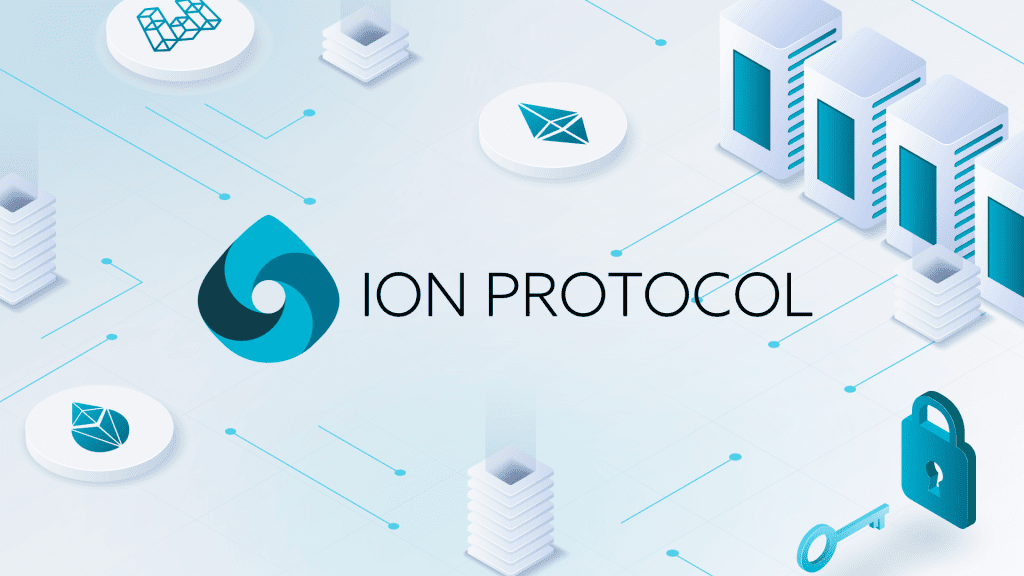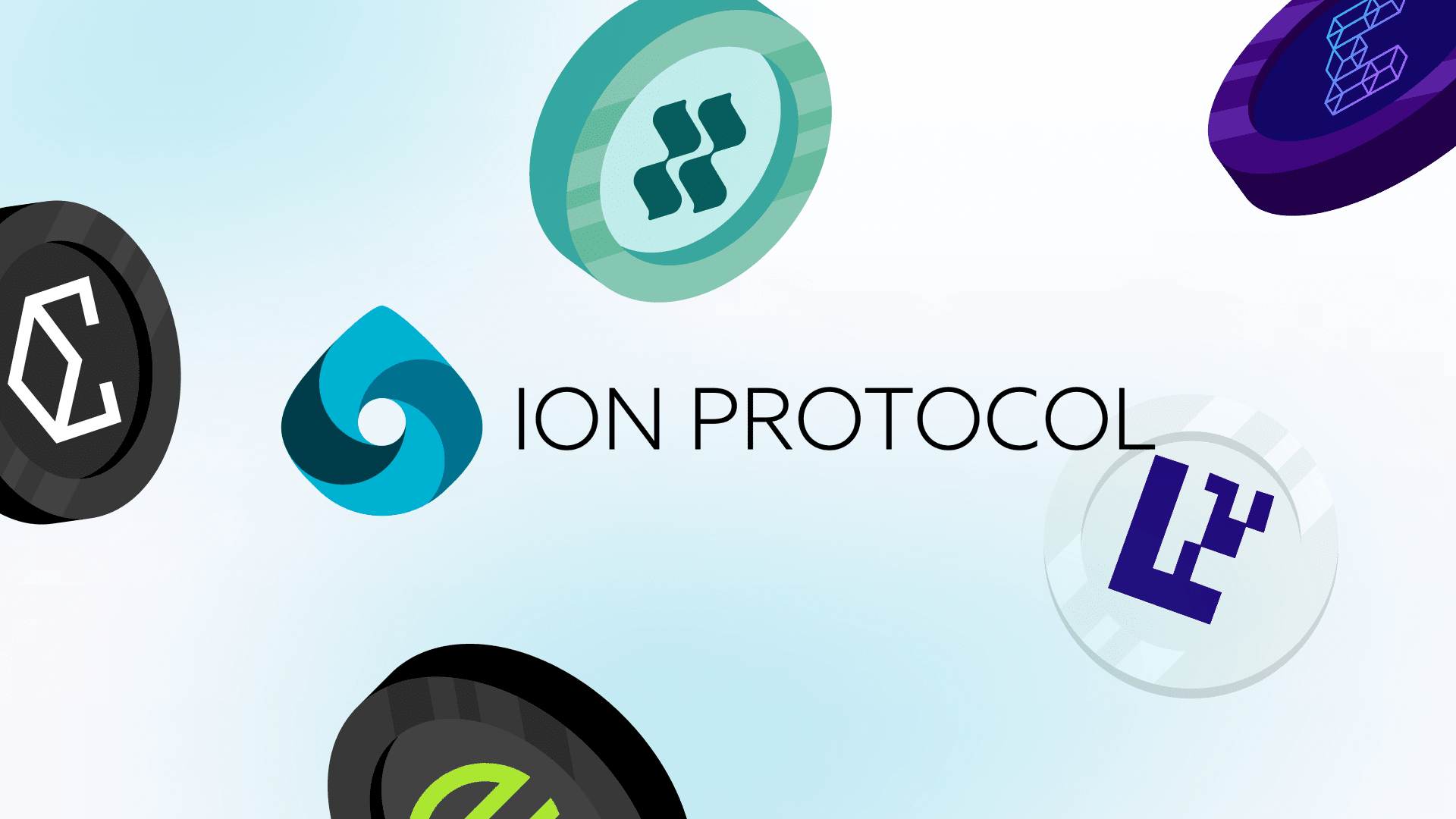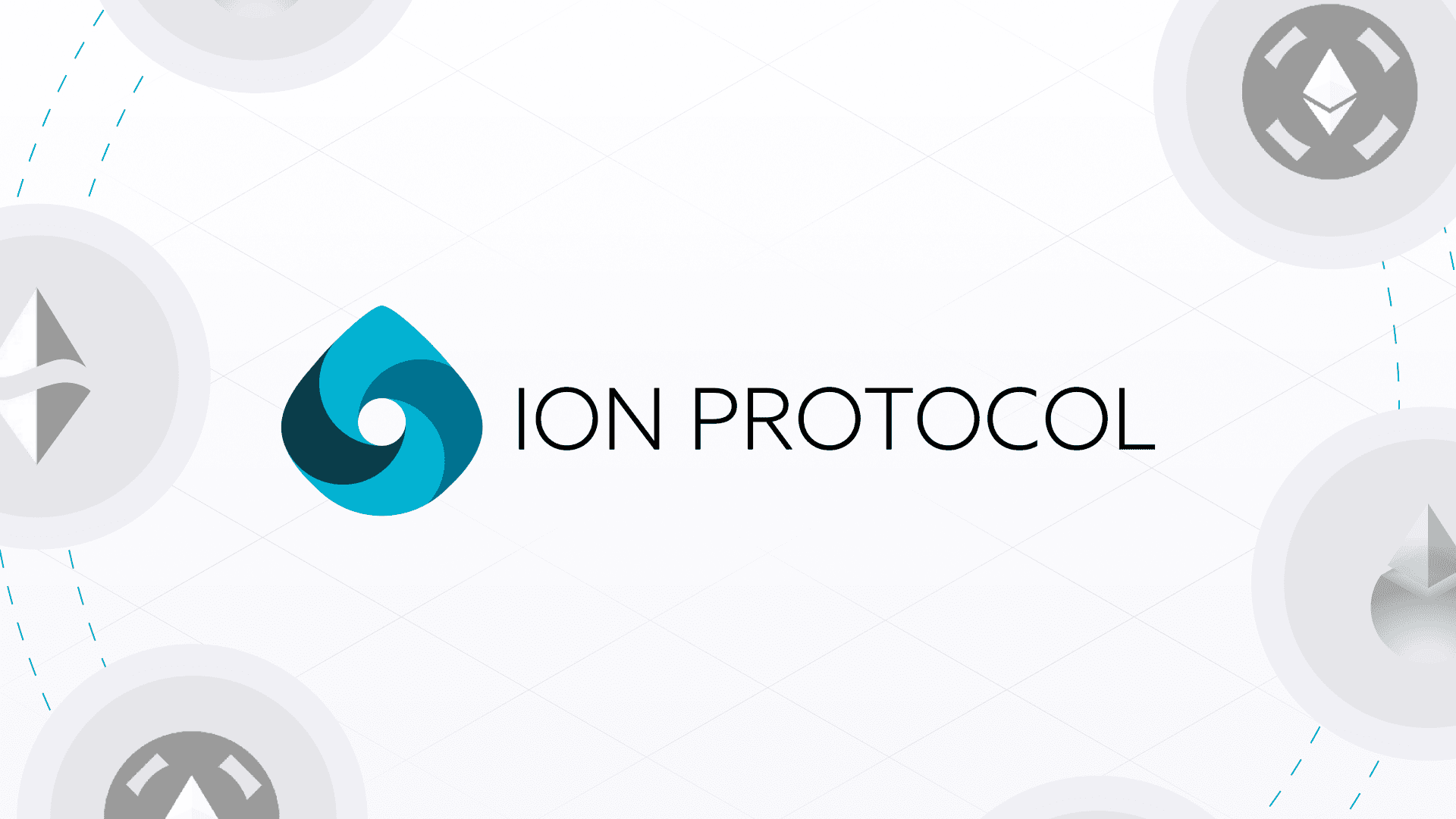Protocol Announcement:
How to Use Ion: Lending and Boosted Restaking

Restaking is rapidly evolving to become one of the leading sources of ETH denominated yield. Within this innovative landscape, liquid restaking has emerged as a pivotal new primitive, offering a pathway to better access, fungibility, composability, and enhanced returns for restakers—much like LSTs did for staking. Despite lending and borrowing being the largest DeFi use case for LSTs we still don’t have ubiquitous for support them. LRTs will only exacerbate this issue due to the differing complexity of AVSs and their portfolio permutations unless an underwriting solution can accurately assess validator backed assets. This is why we built Ion Protocol – to change to future of how staked and re-staked assets are valued and used in DeFi. Now it’s time to finally reveal how to use Ion and what it means to unlock real, ETH denominated yield in DeFi.
A New Era of Lending: Earn More With Ion
Ion Protocol isolates each markets risks and focuses on compensating lenders while giving them exposure to numerous staked assets, removing centralized lending risk to one asset. We’re able to redefine how much lenders can earn by supporting the demand for EigenLayer and LRT points. In our first market, lenders will supply stETH to borrowers who collateralize eETH. Given the lender payoff we described, we anticipate lender yields being able to reach double digits. For the first time, lenders can unlock sustainable and rewarding ETH on ETH yields in addition to points and other rewards in one easy click.
The Power of Isolated Markets
Ion introduces the concept of isolated markets, a feature that allows users to tailor their DeFi strategy to their preferred risk exposure. Traditionally, in pooled lending protocols, the yield distributed to lenders is generated by all the collaterals supported instead of just one. This also exposes lenders to the insolvency risks of each market for which their supplied assets are being borrowed in. By having isolated markets be the standard in Ion, we enable lenders to create their own journey and define the risk profile they’d like exposure to according to the collateral assets we support. Additionally, each market will have collateral specific interest rates that react to yield so that lenders can benefit from increases in staking and restaking yields.
Boosted Restaking: Amplifying Your Yield
One of the most compelling features of Ion Protocol is capital efficient leveraged staking and restaking. We want to deconstruct the negative connotation that comes with the term leverage. At the end of the day, leverage just means using borrowed capital to increase the borrowers return on some asset or strategy. Typically, we think of things like volatility and price de-couplings which cause financial infrastructure to collapse under high leverage, especially via cascading liquidations. If we remove price volatility and price de-couplings, then we minimize the major risks associated with leverage, making it safer AND cheaper for borrowers to increase their leverage exposure. A couple core concepts that make this possible include:
- Flash Leverage: Instantly multiply your exposure to restaking yield, points, and additional rewards without the usual constraints of traditional lending. Flash leverage allows you to define the amount you’d like to multiply your collateral exposure by and execute the leverage restaking strategy by simply dragging the slider and clicking earn.
- Solvency Based Underwriting: Ion introduces a novel approach to underwriting validator backed assets. By quantifying the solvency of a liquid restaking token based on the ETH in its provider’s validator reserves instead of depending on price oracles or AMM counterparty liquidity, we remove volatility and price depegging from being a risk that borrowers are exposed to. In Ion Protocol, borrowers only get liquidated after serious slashing events, which rarely ever occur and will most likely decrease in frequency and impact over time due to the emergence of new technologies such as DVT and TEE.
- Collateral Specific Interest Rates That React to Yield: With collateral specific interest rates that react to yield, borrowers can lock in an estimated APY without worrying about fluctuations in the staking yield.
Think about borrowing against ETH denominated assets like LSTs and LRTs like taking a loan to purchase a house. If your house is in good standing you wouldn’t want a loan that liquidates you when the market changes your house’s value. The bank would take your home! The same goes for validator backed assets like LSTs and LRTs. As long as validators are in good standing, and the borrower can pay off their loan, the loan should be in good standing. We baked this into the design of Ion protocol to internalize the true value of LRTs — the ETH deposited in them, not only their market price. By utilizing these features, borrowers can optimize their leveraged restaking yield to match their preferences for earning with their restaked assets.
Why Ion Stands Out
ETH on ETH yield represents the purest form of real crypto native yield, being generated via compensation for economically securing the network. Within this context, Ion Protocol aims to be the most capital efficient platform for lending and borrowing with staked and restaked assets.
Keep your eyes out for the first market deployment coming soon, with more to follow thereafter! In the meantime, join the Discord and stay tuned for the LRTs that we’ll support as we roll out to mainnet.




